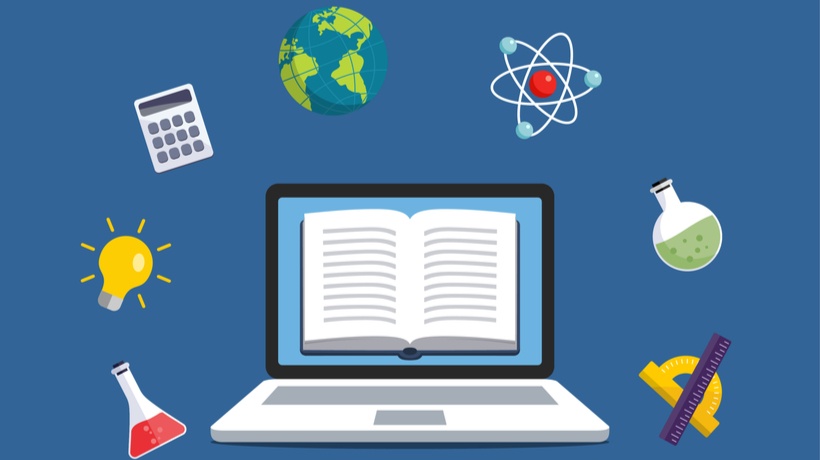Understanding the Dynamics of Collaborative Discovering
In today’s increasingly interconnected globe, the capability to function collaboratively is a crucial ability. As traditional academic paradigms evolve to meet the demands of the 21st century, joint learning becomes an essential concept. This short article explores the details of joint understanding, discovering its benefits, techniques, and difficulties, while offering understandings right into exactly how it shapes modern-day education.
Collective knowing exceeds simply collaborating.
It personifies an educational strategy where people participate in a cumulative effort to obtain expertise, resolve troubles, and attain a typical objective. This Qammunity technique stresses the value of diversity in thought and fosters deeper understanding through communication and common experience.
The Advantages of Collaborative Learning
Collective learning offers a myriad of benefits, making it a favored method in academic settings across the globe. Among the key benefits is the enhancement of essential assuming abilities. As students engage with peers, they are revealed to various point of views, encouraging them to examine and assess information much more critically.
Another significant advantage is the enhancement in interaction skills. Collaborative knowing atmospheres require active listening, articulate expression of ideas, and respectful discussion. These skills are very useful, not simply academically, yet in specialist and social contexts also.
Cognitive advancement is additionally significantly boosted through joint initiatives. Working together needs learners to verbalize their thinking, challenge assumptions, and integrate various viewpoints, bring about deeper cognitive handling and retention.
- Improved vital assuming
- Enhanced communication abilities
- Enhanced cognitive advancement
- Greater retention prices
- Fostering of social and leadership skills
The collective result of these advantages is a more all natural instructional experience. Learners not only obtain knowledge yet likewise create important life skills that prepare them for future collaborative undertakings in any type of area.
Approaches for Reliable Collaborative Learning
Applying joint understanding efficiently needs thoughtful technique and planning.
Educators should develop an environment conducive to partnership, where students feel secure and inspired to participate honestly. Here are some strategies that can assist in effective collaborative knowing experiences.
To start with, developing clear goals and assumptions is paramount. When students understand the goals and their roles within the team, they are more probable to involve meaningfully. Educators needs to interact these goals clearly and guarantee they are lined up with the educational program.
Secondly, making use of varied group frameworks can enrich the understanding experience. By differing team make-up, whether by ability level, interest, or history, instructors can boost vibrant interactions and a more extensive understanding of the material.
Obstacles in Collaborative Discovering
While collaborative discovering provides numerous advantages, it is not without its difficulties. One typical problem is the variation in group participant engagement. Some people might dominate conversations, while others might be less inclined to contribute, causing a discrepancy in the discovering experience.
- Inconsonant degrees of participation
- Possible for problem
- Time administration problems
- Varying degrees of commitment
Moreover, disputes can emerge because of varying opinions, functioning designs, or misunderstandings. Educators must be geared up to handle these problems effectively, cultivating an atmosphere where respectful dialogue prevails.
The Duty of Innovation in Collaborative Learning
In the electronic age, technology plays a critical function in promoting joint discovering. On-line platforms damage geographical barriers, allowing people from diverse places to work together in actual time. These tools provide a plethora of functions that enhance collective efforts, from shared records and conversation online forums to virtual meeting rooms.
Modern technology not just broadens the extent of that can join collective learning yet additionally enhances the top quality of interaction. Learners can access a wider variety of resources, involve with interactive content, and apply their understanding in cutting-edge methods.
Future of Collaborative Understanding
Looking in advance, the future of collective discovering appears appealing. As schools continue to accept innovation and innovate instructional methods, partnership will likely come to be a foundation of discovering experiences in any way levels of education and learning.
Ultimately, the significance of joint knowing hinges on its ability to empower people through shared initiative and mutual understanding. As we progress, cultivating these experiences will be vital in preparing learners not just to succeed academically, however to grow in a complicated, interconnected globe.



